Phu Tho prepared for funding wave
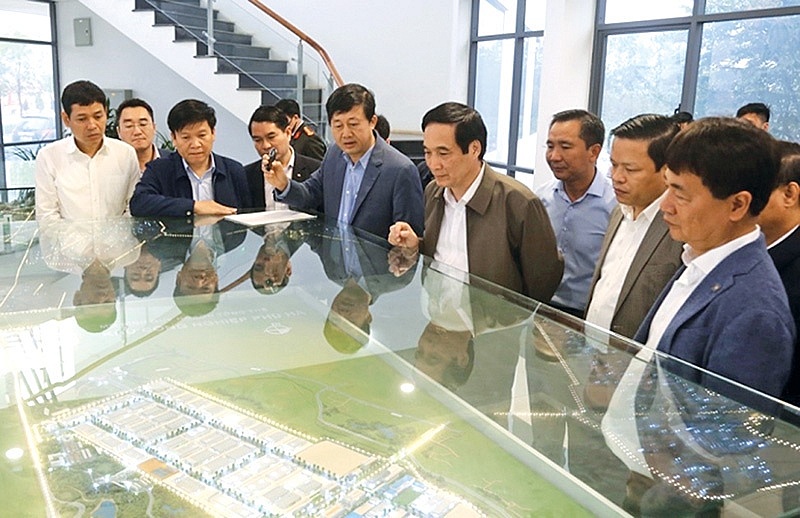 |
| Leaders are determined to improve the province’s infrastructure links |
Hanyang Digitech Vina Co., Ltd., based in Phu Ha Industrial Zone, is one of the few businesses to seek recruitment in August and September this year when the pandemic was at its peak across the country.
As a fully South Korean-owned enterprise specialising in semiconductor production for tech giants such as Microsoft, Samsung, and Dell, Hanyang Digitech’s recruitment of new workers was a part of the company’s process to increase its capacity to 100 million products by 2023.
With the total investment of $43.4 million, Hanyang Digitech has been one of the top enterprises driving investment into Vietnam recently.
“To eliminate the risks arising from trade conflicts with other countries, we have chosen Phu Tho for our factory,” explained CEO Choi Dong Hyeon. “This is because the government and Phu Tho in particular have offered favourable policies and incentives to support businesses. In particular, this province has industrial zones (IZs) with a synchronous infrastructure system, convenient transport links for goods, and abundant human resources.”
The appearance of domestic and international corporations with large-scale and high-tech investment projects has significantly contributed to economic restructuring, increased gross industry output, and increased export turnover and budget revenue for Phu Tho.
According to Nguyen Ngoc Hanh, director of Phu Tho Industrial Zones Management Authority, operating results of for such zones in Phu Tho gained remarkable achievements last year despite the pandemic.
Specifically, the total revenues of enterprises reached $1.89 billion, up 9 per cent compared to 2019, occupying 87 per cent of the whole year plan. It contributed $34.7 million to the state budget, equal to 53 per cent from 2019 and occupying 50 per cent of the whole-year plan.
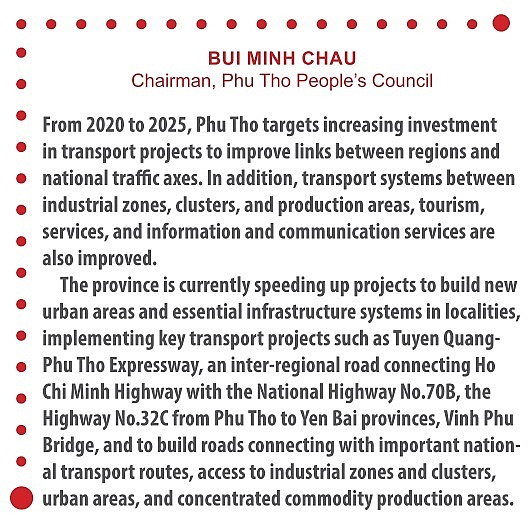 |
New certifications
Although the revenue and state budget contribution are relatively low, the export value continues to increase because several enterprises are expanding their production lines. In addition, new enterprises have imported large-value machinery and equipment, and some others have produced high-value electronic components. Specifically, export turnover reached $3.7 billion, up 113 per cent compared to 2019, occupying 168 per cent of the annual plan.
In 2020, Phu Tho Industrial Zones Management Authority granted five new domestic investment certificates with the total registered capital of $29.4 million, and 12 new foreign-invested projects registered at $204.8 million. However, six projects were since revoked, three foreign-led and three home-grown.
Nevertheless, the province is set up to attract $35-4.3 billion of domestic investment capital and $1-1.6 billion of foreign direct investment between now and 2025.
The results came not only from investment promotion activities but also from the vision and drastic actions of provincial leaders in recent years to focus funding resources on infrastructure improvements. These factors created a great push for Phu Tho, not only increasing the connectivity among localities but also forming regional links, contributing to local socioeconomic development.
Located in the northwest gateway of Hanoi and on the economic corridor of Hanoi - Haiphong - Kunming (China), over the years Phu Tho has become a bridge between the northwest provinces and the Red River Delta thanks to its convenient transport system.
In the last five years or so, the province has mobilised millions of US dollars to invest in the new establishment, upgrading, renovating, and maintaining of over 400km of national highways and provincial roads and more than 30 bridges.
In particular, three intersections connecting Noi Bai road in Hanoi to Lao Cai highways have been completed, shortening the time of travel between Phu Tho and other localities in the region.
By the end of this year, Phu Tho plans to have an additional 134 new transport projects set up with total investment capital of $104 million. In which, more than $43.4 million was allocated for last year.
Moving towards 2030, Phu Tho expects to invest around $1.78 billion, an average of more than $173.9 million per year, on development of the road transport system.
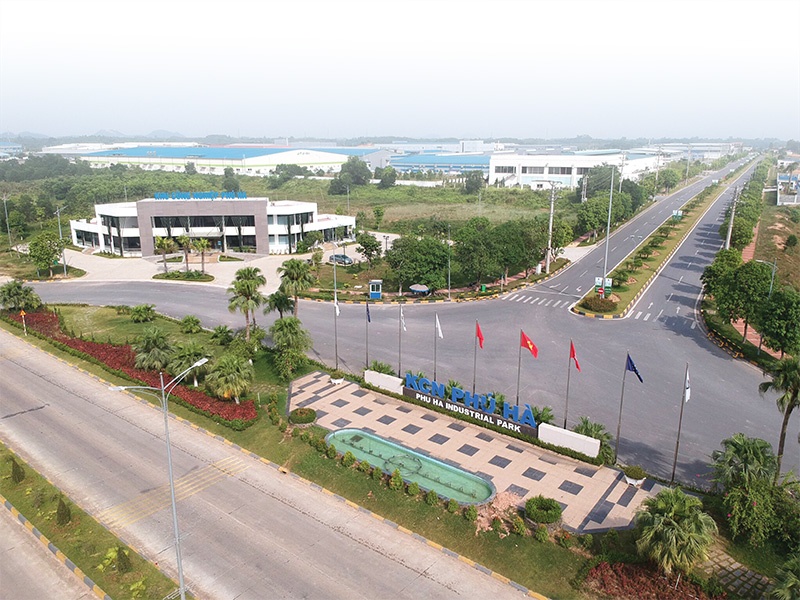 |
| Phu Tho prepared for funding wave |
Advancing links
Along with improving the transport infrastructure system, Phu Tho remains attractive for its efforts to improve infrastructure systems in IZs. The province now has seven IZs approved by the prime minister to be included in the national master plan to develop such zones, with a total area of over 2,250 hectares. Of those, four IZs are in the infrastructure system establishment, with nearly 70 per cent complete.
Besides two IZs funded by state-invested companies, Phu Tho has attracted two other private investors to build Phu Ha and Cam Khe IZs with the total registered investment capital of $182 million.
According to Hanh, the province is attracting investors and mobilising resources to build two new Tam Nong (350ha) and Ha Hoa (400ha) IZs, while continuing to adjust and expand Thuy Van IZ to meet increasing needs of investors.
At the same time, a range of other IZs are being land cleared and compensated for, such as Cam Khe and Phu Ha, to allocate land to investors to build infrastructure and hand over land to secondary investors. These zones have synchronous traffic systems, well connected to Hanoi-Lao Cai Highway, National Highway No.2, and Ho Chi Minh Highway.
According to Phu Tho Department of Planning and Investment, the province will continue to review and improve the investment process, shorten times, and increase the efficiency of procedures in land and infrastructure establishment.
The province will also revise mechanisms and policies on compensation, resettlement, and especially financial mechanisms, to remove bottlenecks in site clearance and create a clean land fund for investment projects.
What the stars mean:
★ Poor ★ ★ Promising ★★★ Good ★★★★ Very good ★★★★★ Exceptional
Related Contents
Latest News
More News
- GELEX Tower achieves LEED Platinum certification (November 19, 2024 | 09:53)
- Real estate businesses expand interest in available land to thrive in 2025 (November 17, 2024 | 08:47)
- Ho Chi Minh City revamps land status (November 17, 2024 | 08:43)
- Trump's trade policies could shape Vietnam's economic outlook: Dragon Capital (November 15, 2024 | 16:56)
- The One Destination partners with Singapore investor and institutional fund to build ESG real estate complex (November 11, 2024 | 10:32)
- Stabilising measures must sit alongside land price hikes (November 07, 2024 | 09:56)
- CapitaLand Development records strong bookings for Orchard Hill (November 07, 2024 | 08:19)
- Public transport and real estate: The rise of Transit Oriented Development (November 05, 2024 | 15:06)
- Funding flows to second-tier localities (November 03, 2024 | 15:24)
- Hanoi has long road to travel in becoming a smart city (November 03, 2024 | 15:00)




 Tag:
Tag: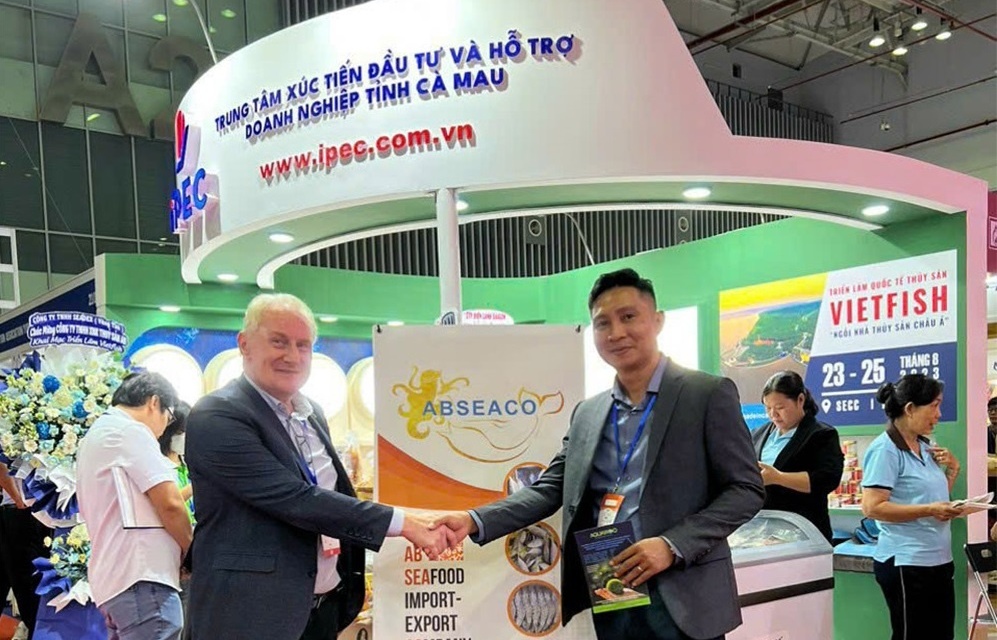
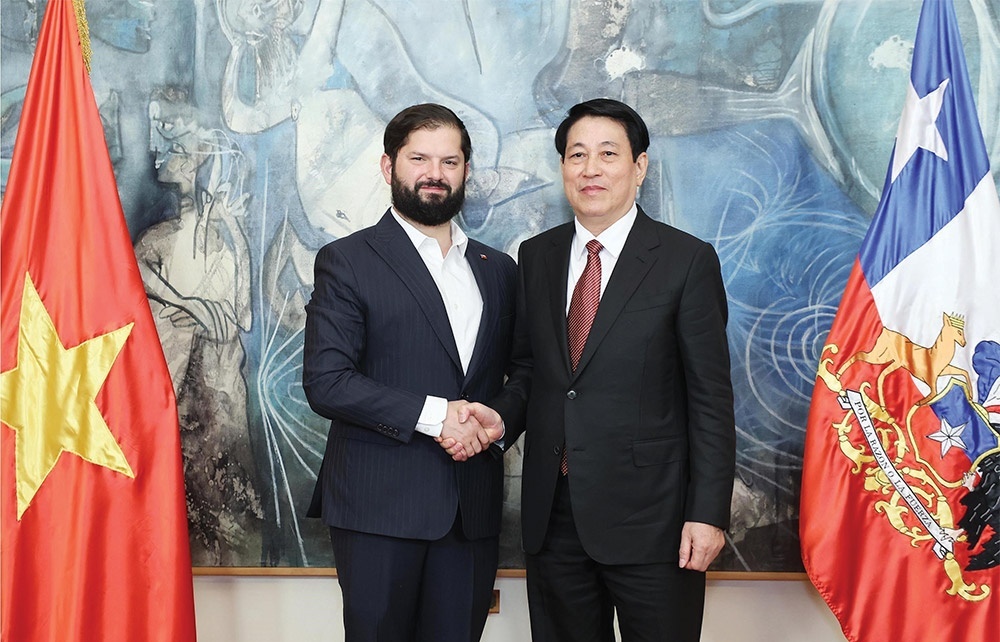

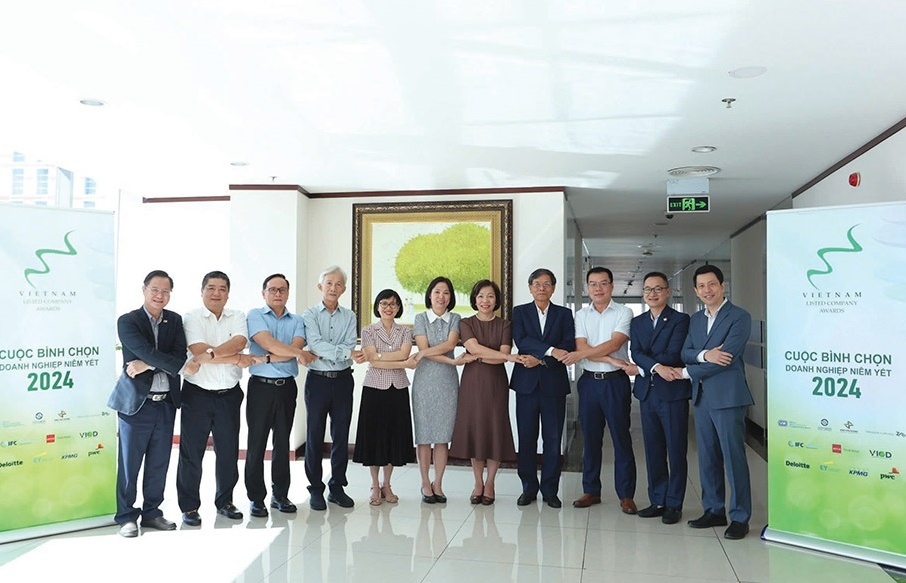
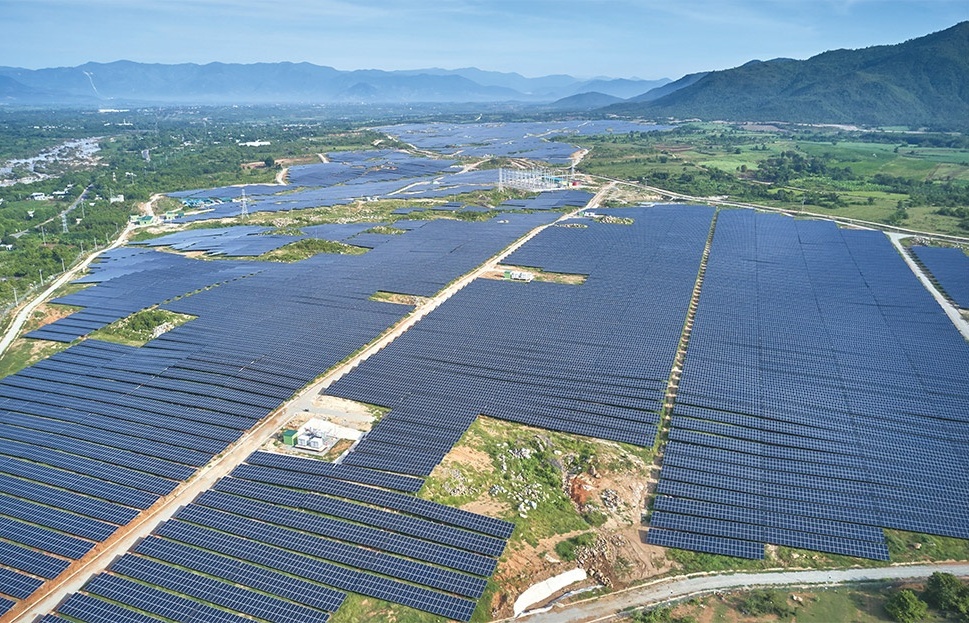
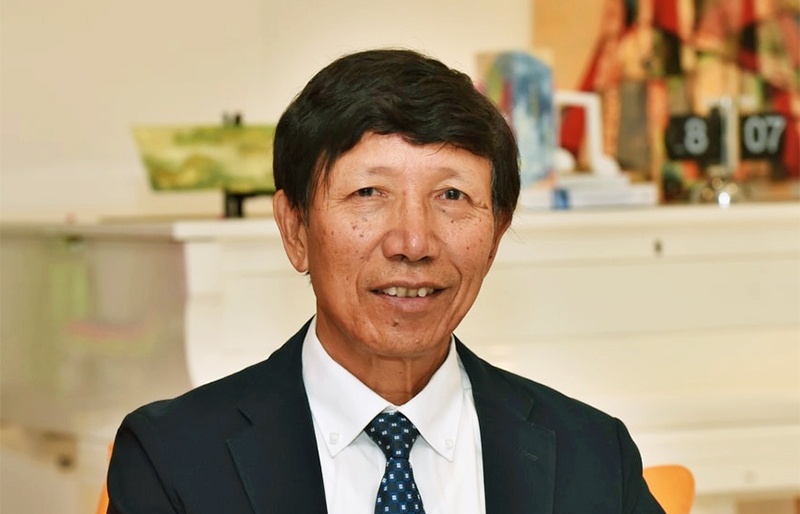
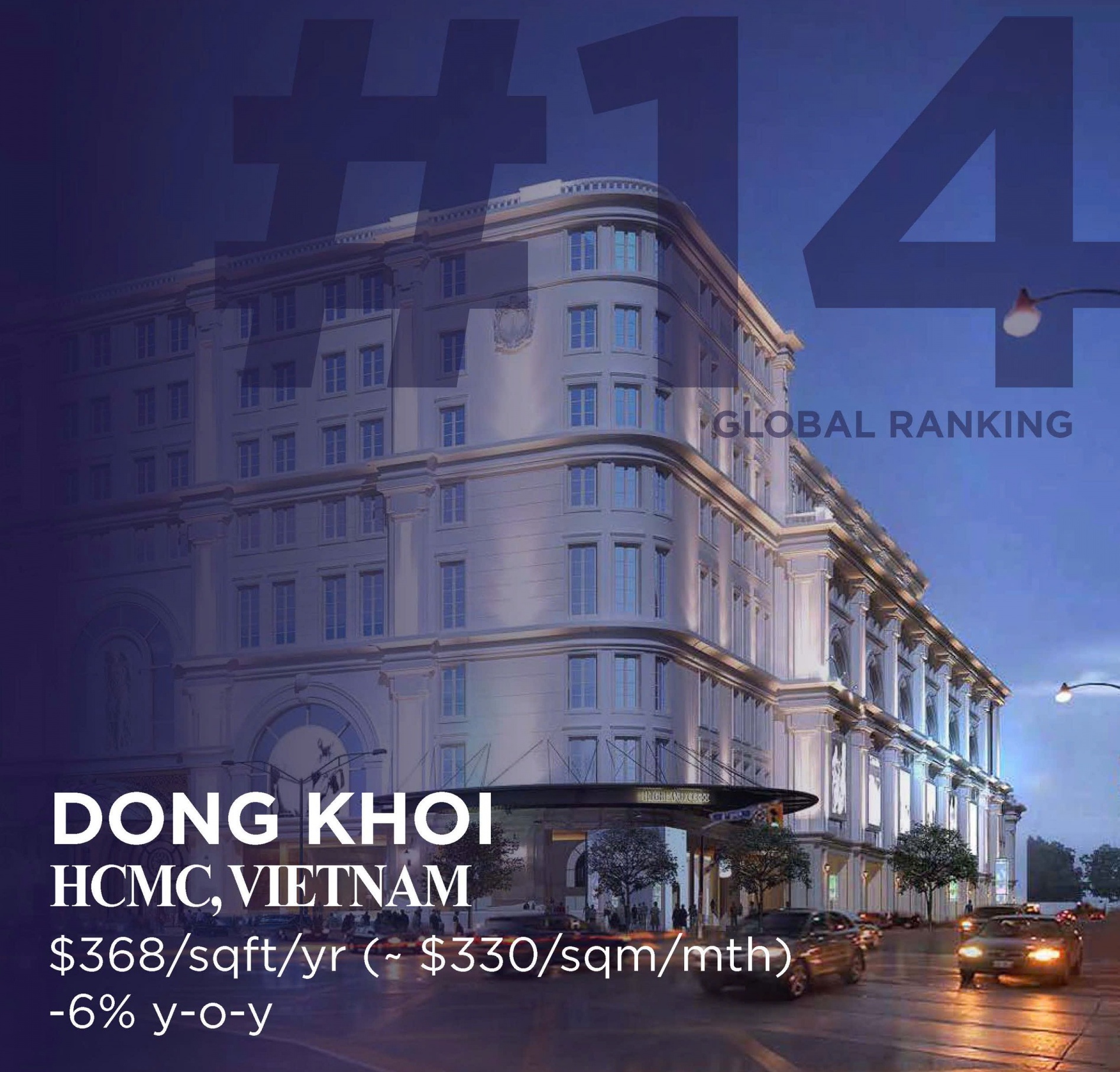
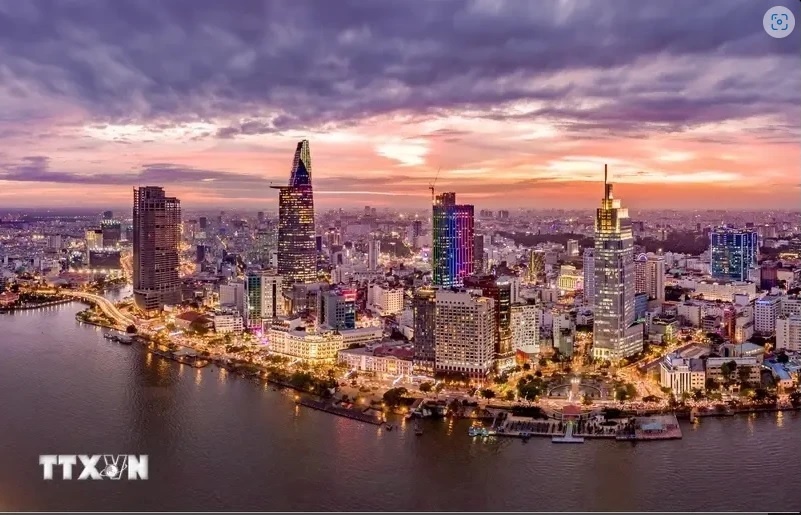

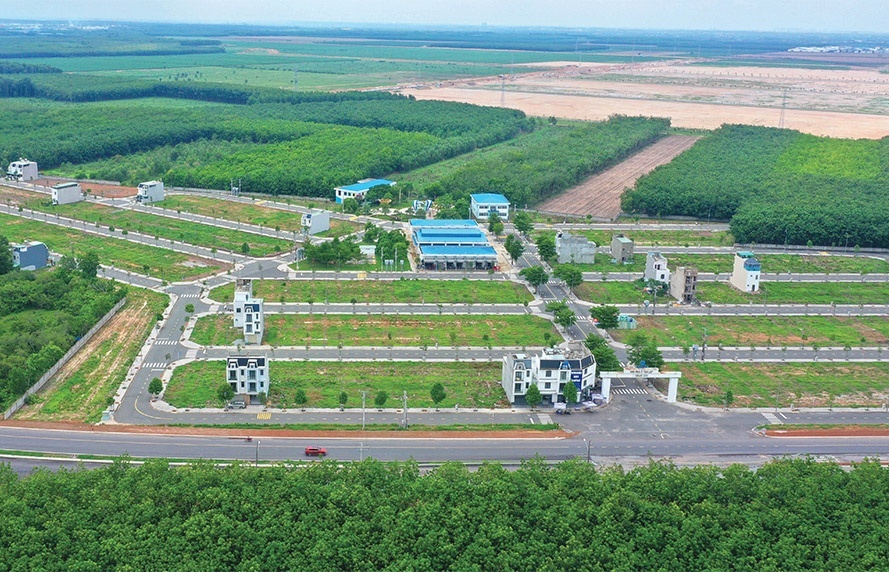




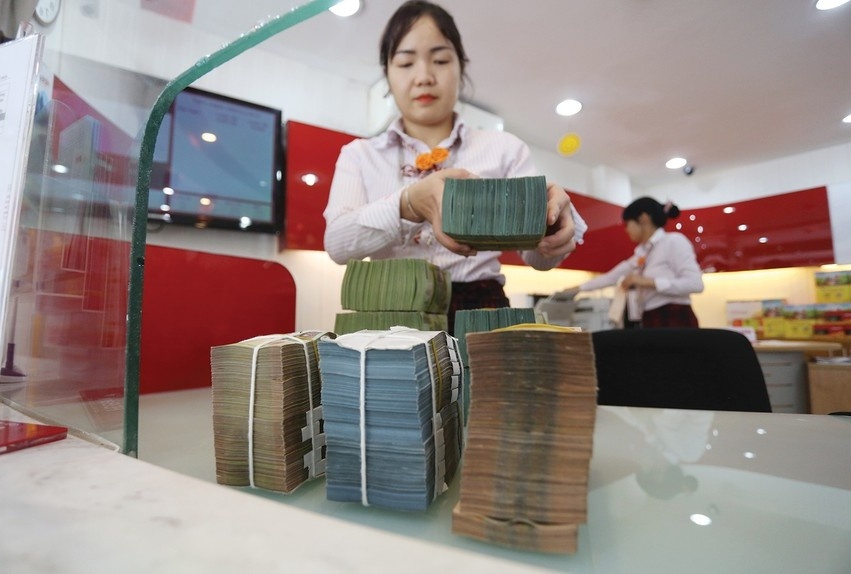
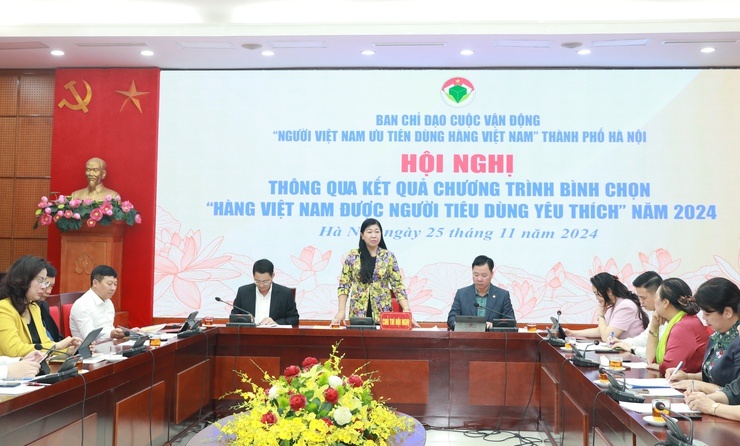
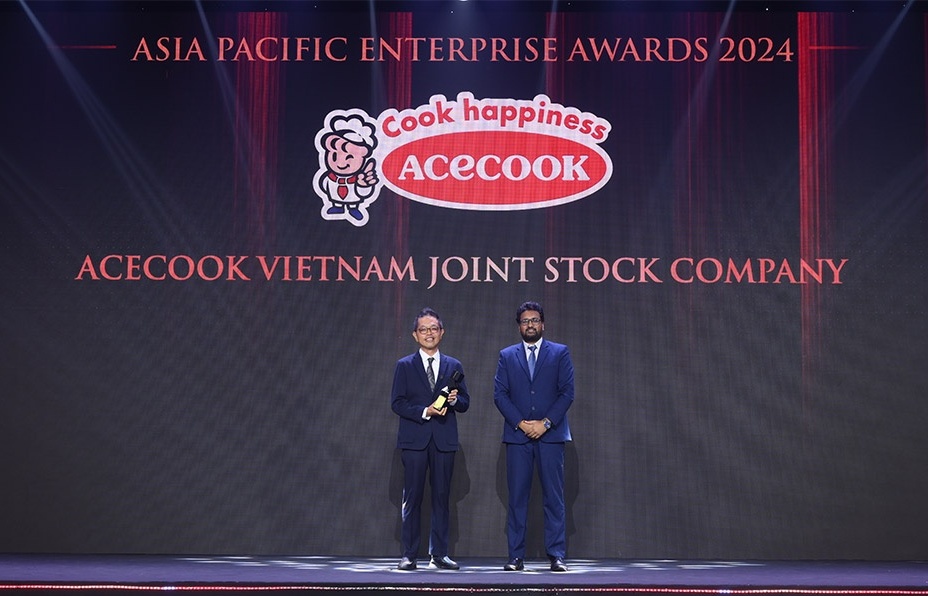
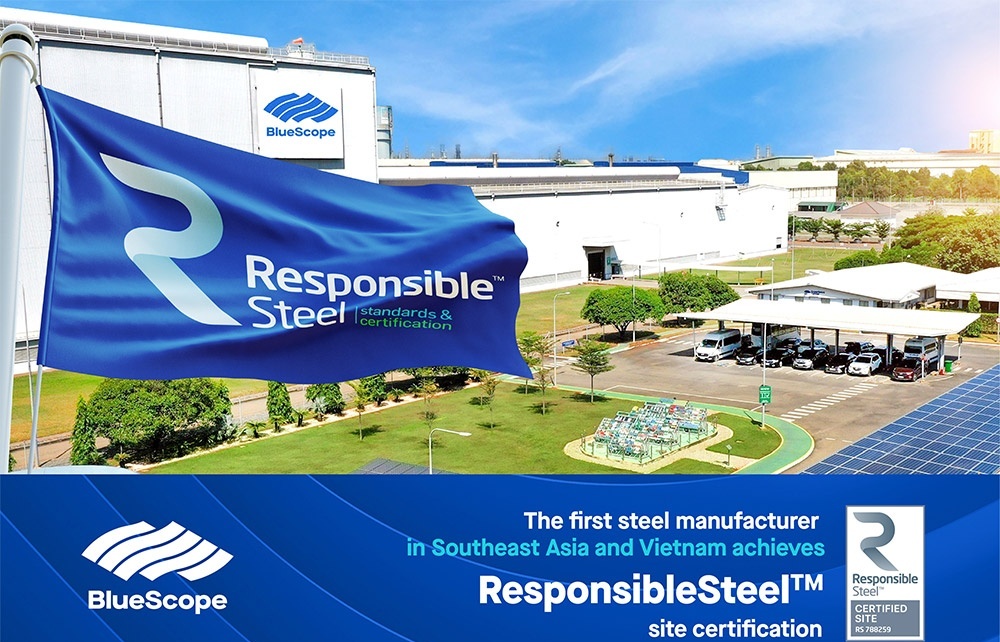



 Mobile Version
Mobile Version